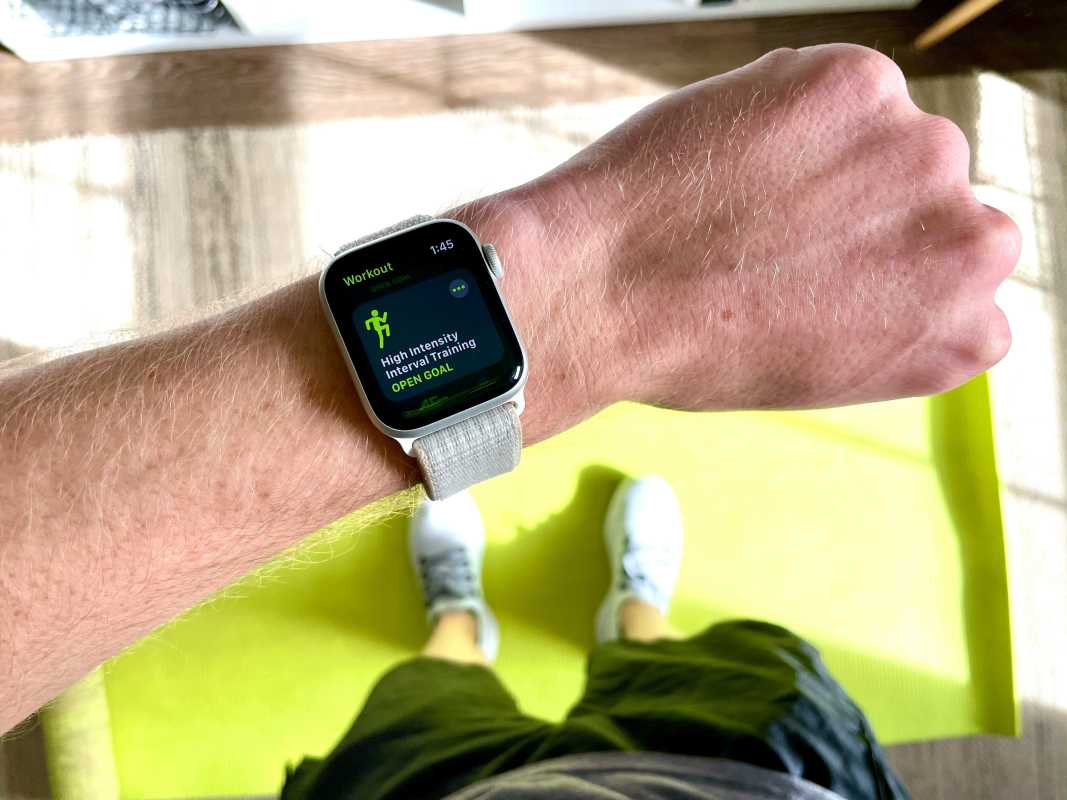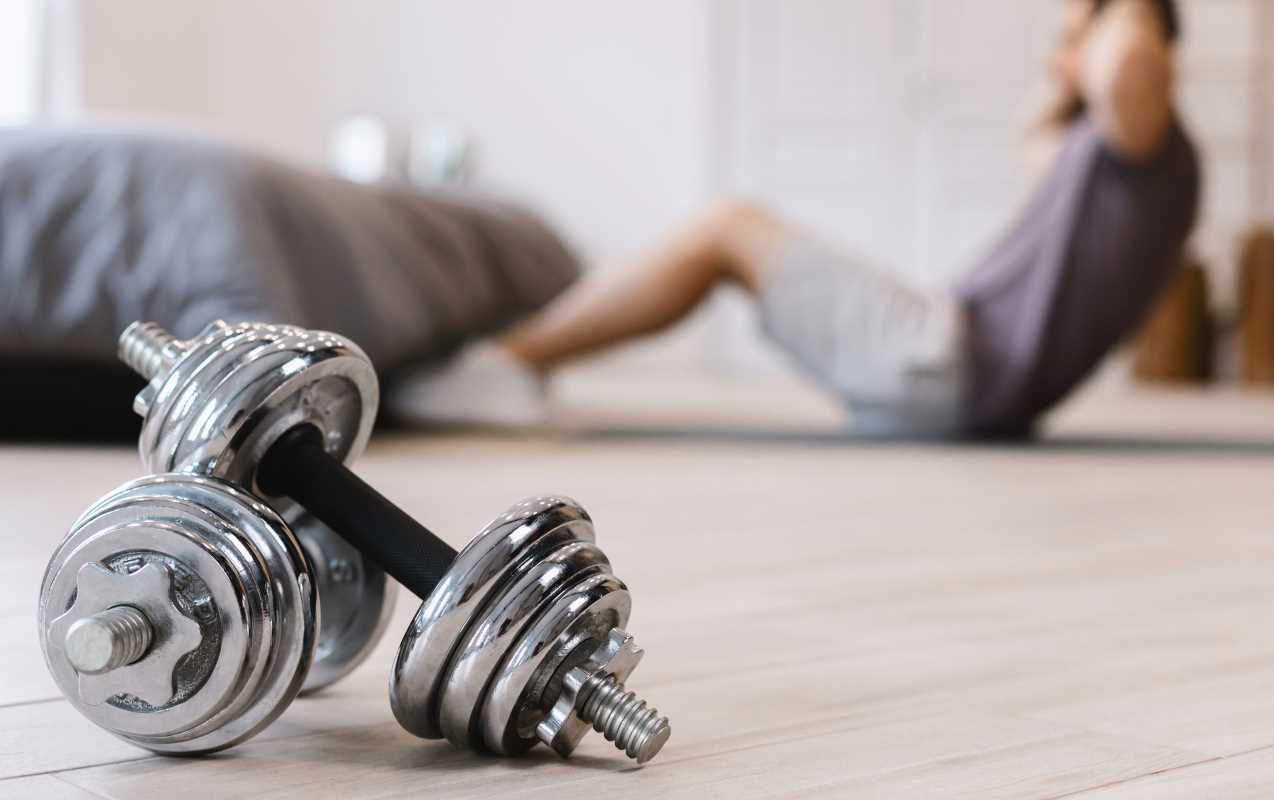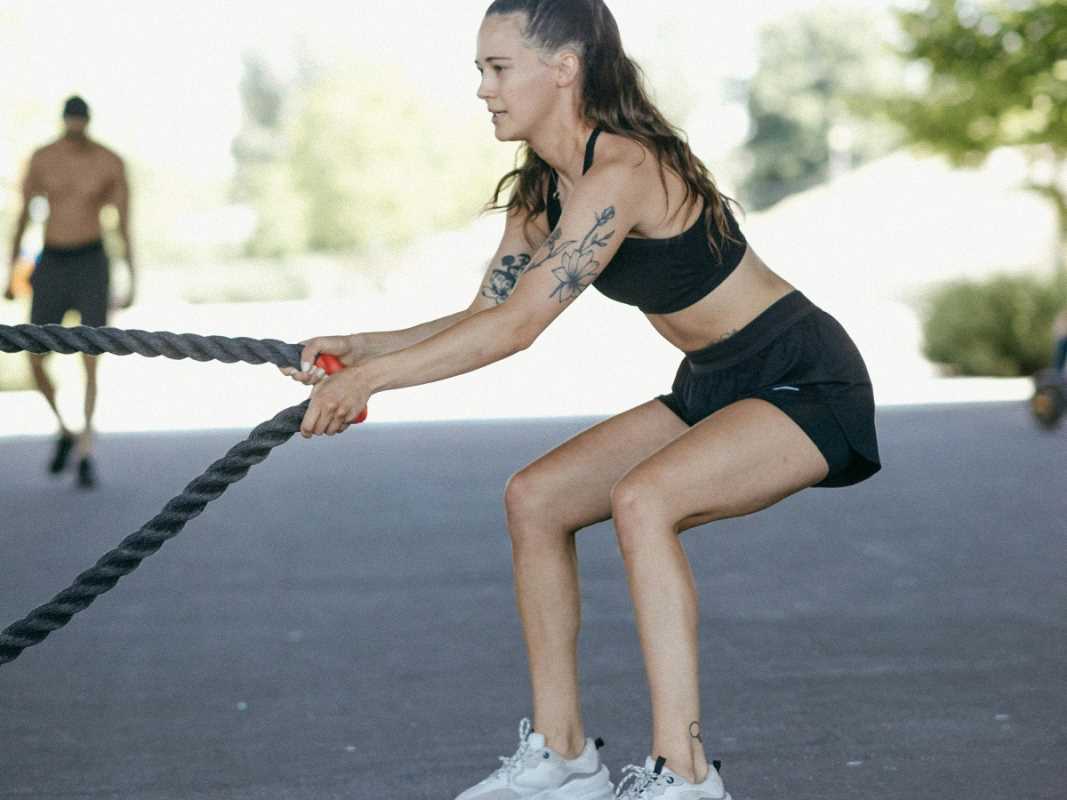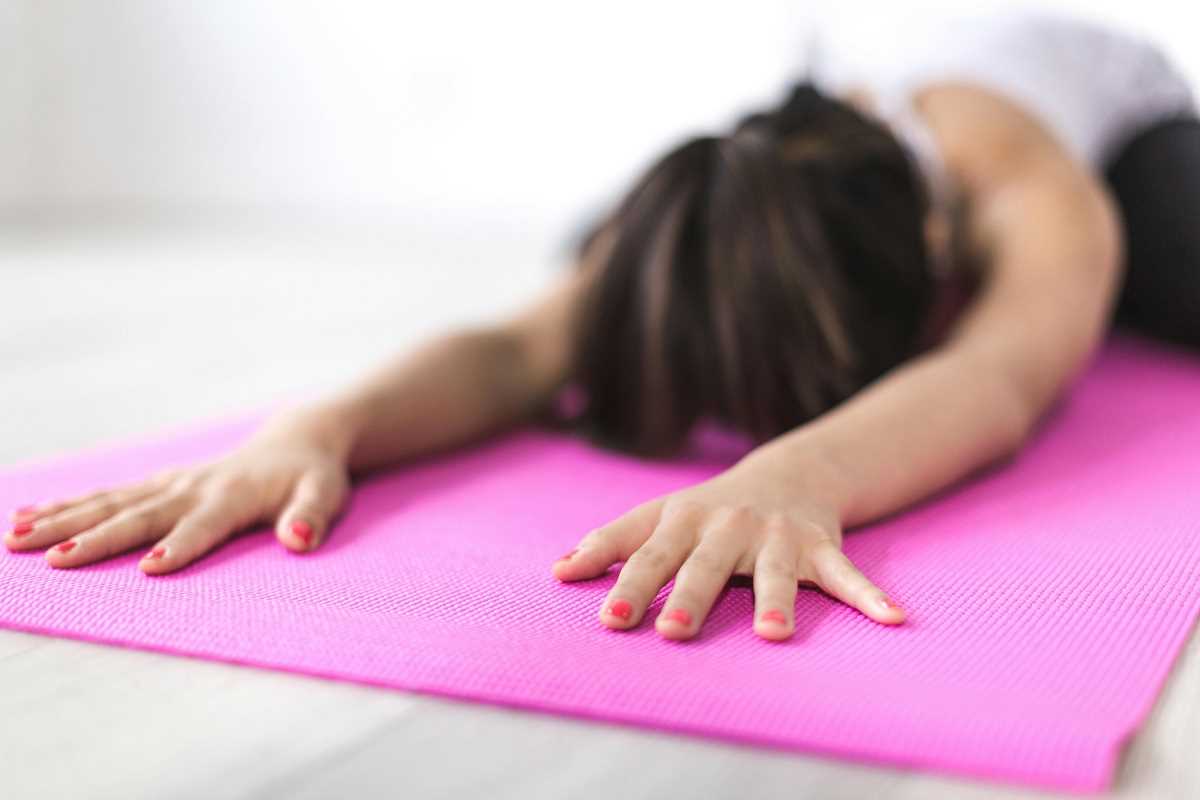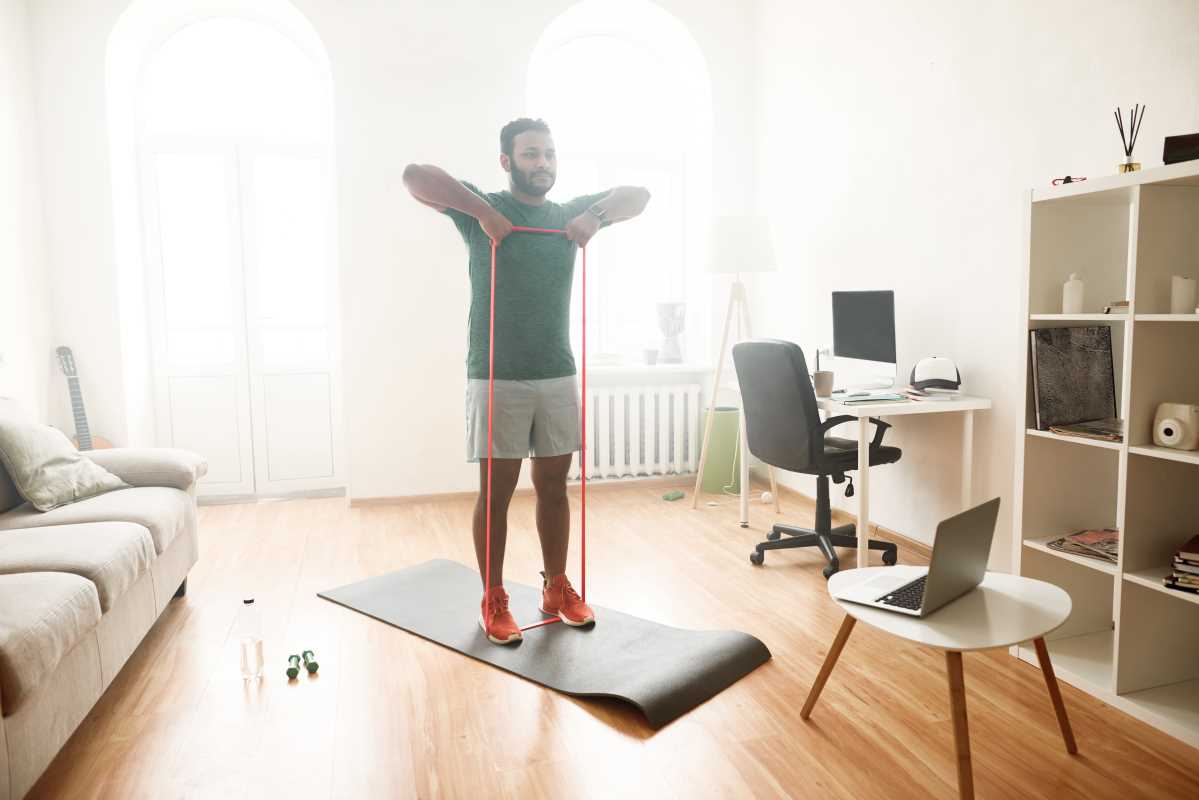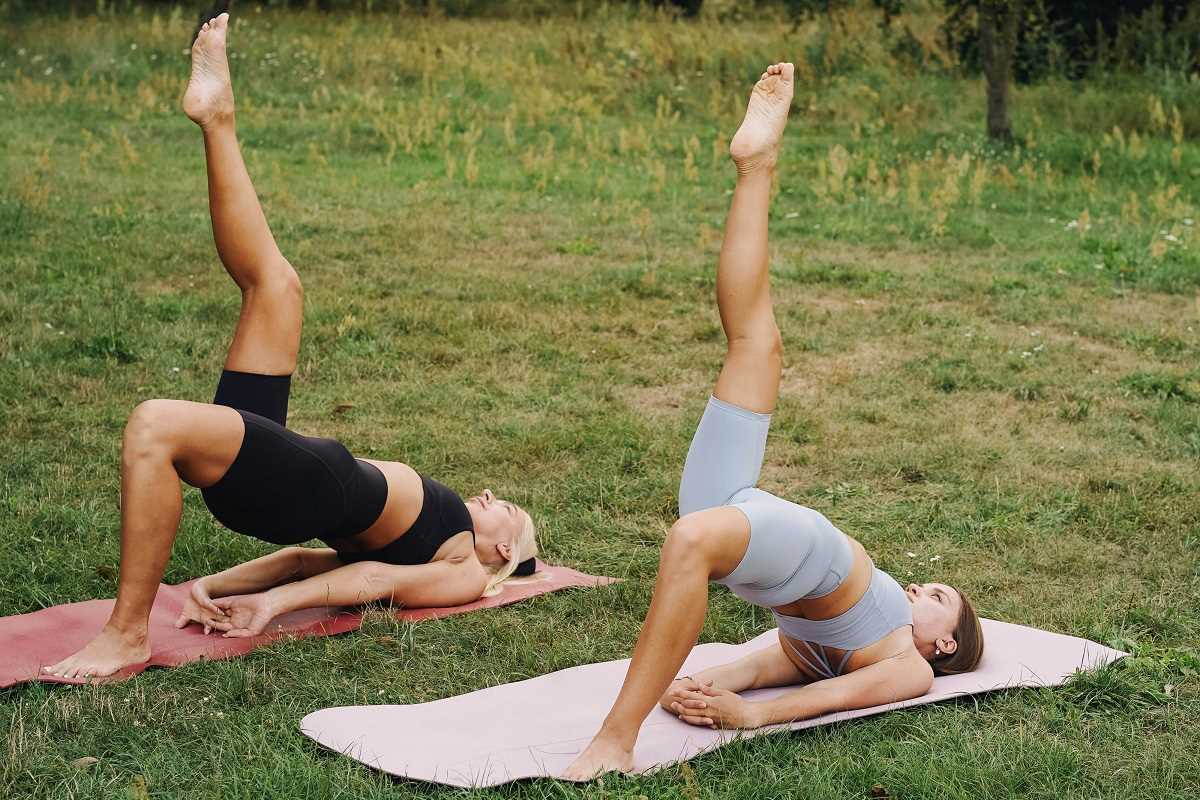Many lifters notice an unexpected tightness in their hips when they get under the barbell, often dismissing it as part of the process. They grip the bar, chalk up, and push through the discomfort, letting the routine take over while curiosity fades into the background. Addressing that hidden tension could make a real difference, helping you sink deeper into your squat and possibly easing the ache in your shoulder. Even a small adjustment to your warm-up or stretching routine might unlock progress you never thought possible, turning a minor tweak into a real breakthrough for your lifts.
What Lifting Routines Overlook
- Rigid joint patterns: Many lifters stick to linear stretching that only targets one plane, leaving columns of tension in off-axis movements. That narrow focus disrupts stability, causing athletes to push through incomplete ranges. Expanding stretch variety breaks those hidden hold points.
- Unbalanced muscle chains: Focusing only on hip flexors and hamstrings misses the subtle connections through obliques and sacrum. Those linkages control torso rotation under load. When you ignore them, you limit core integrity during heavy lifts.
- Neglect of neurodynamic flow: Flexibility isn’t just tissue length—nerve sliding counts too. Tight neural channels create dead spots in movement transference. Adding nerve glides revitalizes that internal highway for smooth lifter performance.
- Underused kinetic sequencing: Pure static holds won’t teach joints how to cooperate under dynamic stress. Mobility drills that blend movement with controlled tension lock in more usable range. This sequence training refines the nervous system’s coordination.
- Overlooking subtle triggers: Many routines skip soft-tissue points like the tarsal tunnel or infraspinatus origins. Pressing these zones releases deep adhesions that standard foam work misses, unlocking extra degrees of freedom.
New Ways to Improve Muscle Mobility
Think of muscle mobility as an internal dialogue rather than a forced tug. Imagine each fiber whispering, “Open wider, move smoother.” You can coax that whisper into a confident voice by blending movement with gentle resistance. This method engages reflex pathways, teaching tissues to yield under real-world forces instead of just yielding to gravity.
Alongside targeted movement, you can improve flexibility by tuning sensory feedback. Use light touch or vibration devices at specific mid-range positions. That sensory nudge tells your brain exactly where to lighten up. Over time, you create a personalized internal map of ease, not a generic template of reach.
Hands-On Exercise Walkthroughs
- Spinal Wave Release (Purpose: improve thoracic rotation for clean pulls)
- Steps:
- Lie face down with hands under shoulders.
- Inhale to flatten chest, exhale to lift head.
- Roll vertebra by vertebra toward glutes.
- Cost/Metric: body weight only; optional tape measure for head-to-hip curvature.
- Insider tip: pause at stiff spots and breathe into the joint for 10 seconds before continuing.
- Steps:
- Hip Socket Circuits (Purpose: strengthen joint lubrication under load)
- Steps:
- Hold a bar or rack for support.
- Lift one leg, trace a large knee circle.
- Reverse direction after five reps.
- Cost/Metric: minimal; count circles per leg.
- Insider tip: relax the foot to let the socket engage naturally.
- Steps:
- Quadratus Lumborum Lantern (Purpose: release side-body tightness affecting carries)
- Steps:
- Stand with a foam roller at your side.
- Lean weight slowly toward roller.
- Use small hip thrusts to roll along waistline.
- Cost/Metric: foam roller ~$30; log inches of side bend gained.
- Insider tip: tilt pelvis slightly forward to reach lower fibers.
- Steps:
- Neural Flossing Sequence (Purpose: glide nerves to reduce pinching in deadlifts)
- Steps:
- Sit tall and extend one leg.
- Toes up while tucking chin.
- Toes away while lifting chin.
- Cost/Metric: body weight only; track comfort 1–10.
- Insider tip: move slowly—tempo heightens nerve glide.
- Steps:
- Shoulder Girdle Suspension (Purpose: improve overhead squat stability)
- Steps:
- Anchor resistance band at chest height.
- Grasp overhead with arms extended.
- Sink into a half-squat under tension.
- Cost/Metric: band under $15; note grip-to-floor span.
- Insider tip: rotate wrists outward to emphasize rotator cuff instead of biceps.
- Steps:
Incorporate Flexibility Into Your Training Schedule
To prevent cramming mobility work at the end of exhausting workouts, start your warm-up with these unconventional drills. For example, replace three minutes of hip socket circles with standard knee hugs. That change prepares your joints better than trying to pry open stiffness later.
On less intense days, dedicate a short session solely to neurodynamic flows and spinal waves. Two to three sets of each take less than ten minutes but deliver a deep reset. This approach allows heavier lifts to feel more natural rather than rigid struggles.
Technique Adjustments for Lifters
Listen closely to subtle feedback: a faint pinch or a slight pull can highlight areas you might overlook. Change hand or foot placement by just half an inch, and you may discover a completely new range of motion. Test different alignments systematically by adjusting one variable per session.
Focus on your breath timing with each mobility move. Inhale into the area you want to open, then exhale as you move into a deeper position. This pattern trains your nervous system to associate exhalation with relaxation. Over weeks, certain resistance walls will soften with that simple breathing cue.
Use these methods to improve your lifts and discover progress beyond your regular routines.
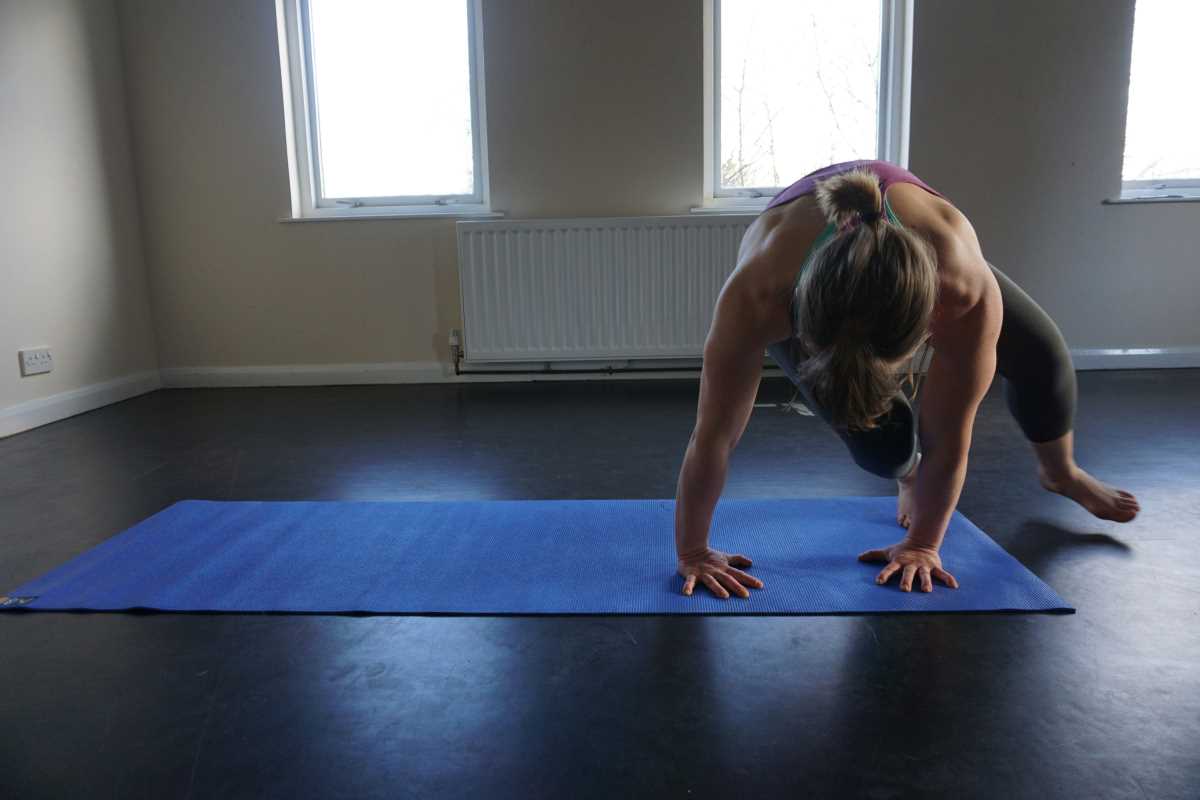 (Image via
(Image via